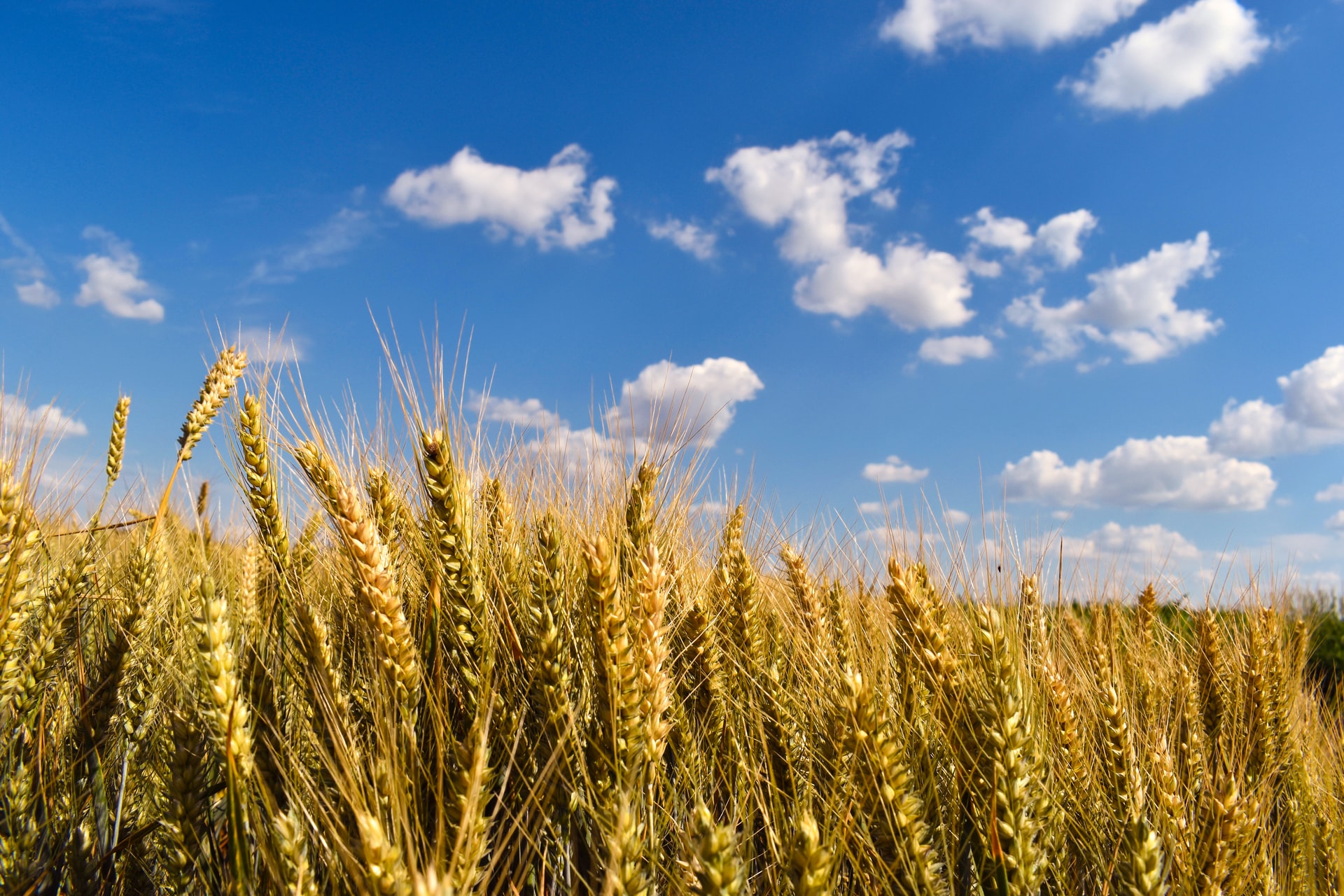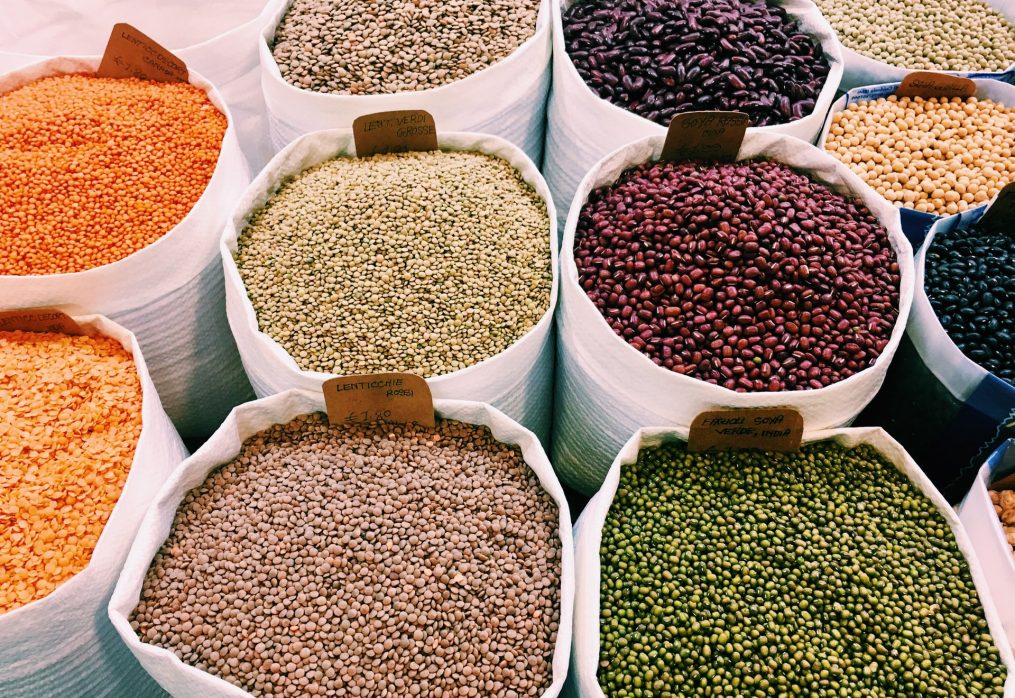How the world grain market will develop in the next 10 years: FAO forecast
FAO has published an agricultural report, which forecasts how the world market of oilseeds and grains will develop in 10 years. Analysts of the international organization say that until 2030 there will be an increase in soybean production, about 1.1% per year. This will be mainly due to an increase in cultivated areas. Latin America will show good yield growth trends.
According to the data provided, we should expect soybean production of 411 million tons by 2030. Brazil, as it is now, will retain its position as the largest producer of oilseeds, the yield will be 149 million tons by this period. These results will be achieved by local farmers due to simultaneous cultivation of soybeans and corn, as well as an increase in acreage.
Soybeans are also projected to expand production in the U.S., here in 10 years will collect about 123 million tons of the crop. Such results will allow the states and Brazil to take a share of more than 60% of global soybean cultivation and 80% of global bean exports.
As for other oilseeds, the harvest will also increase. It is projected that its volume will increase by 1.3% annually, far below the rate of 3.8% seen in the last decade. In this case, the dynamics will be held back by a slowdown in demand for rapeseed oil as a feedstock for biodiesel production. In addition, China and Europe have limited acreage, so the problem of reducing and expanding acreage for one crop or another is extremely acute. According to the FAO forecast, the slowdown in meal consumption is due to lower growth dynamics in pork and poultry production. For example, the increase in demand from China will be only 1.2%, compared with 5.7% per year from the past 10 years. The slowdown is due to improved feed composition and various measures to reduce meal for animal feed. However, despite the decline in consumption, China will account for more than 25% of global demand for the product. The EU is in second place in terms of demand consumption, and a decrease is also projected here. This is due to a slowdown in the livestock sector, in addition, producers began to actively use other sources of protein for feed.
According to the FAO forecast, the slowdown in meal consumption is due to lower growth dynamics in pork and poultry production. For example, the increase in demand from China will be only 1.2%, compared with 5.7% per year from the past 10 years. The slowdown is due to improved feed composition and various measures to reduce meal for animal feed. However, despite the decline in consumption, China will account for more than 25% of global demand for the product. The EU is in second place in terms of demand consumption, and a decrease is also projected here. This is due to a slowdown in the livestock sector, in addition, producers began to actively use other sources of protein for feed.
Reduced imports of soybeans in China will lead to a decrease in exports of the crop, and will affect primarily large suppliers from South America and the United States.
For the grain market, the outlook is quite favorable, primarily due to higher yields. At the same time, it is not possible to boost output by expanding the farmland due to its limited size. On average, the increase in yields will be 1% per year.
